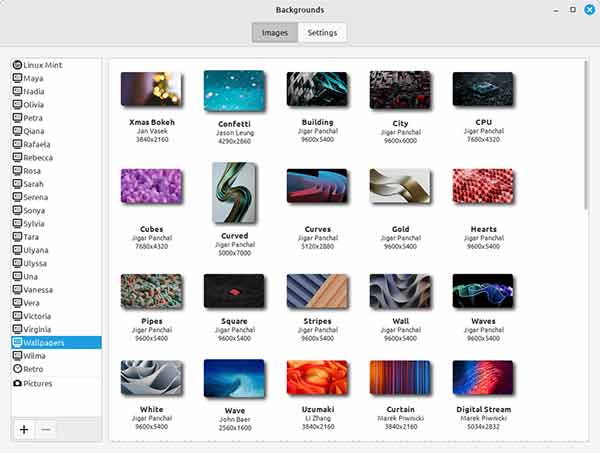https://linuxmint.com/
Your old MacBook isn’t dead. Your creaky Windows laptop isn’t trash. They’re just waiting for an operating system that actually respects their hardware.
For years, I swore by Ubuntu, sleek, powerful, open-source. But one flaw kept tripping me up: printing. Every version promised a fix, and every version failed.
So I tried something different. My aging MacBook Pro, powered by a third-gen Intel Core i5, a dinosaur in tech years, was gathering dust. macOS updates had left it behind. Most modern apps wouldn’t even install. But with Linux Mint 22.01, based on Ubuntu 24.04, it felt brand new.
Installation was absurdly fast, less than 15 minutes from download to reboot. And that reboot? The machine roared back to life like it had shed a decade of wear. Boot time was instantaneous, apps opened in a blink, and performance felt five times faster than under macOS.
It wasn’t just speed. Linux Mint instantly recognized my network printer and, shocker, printed without a fight. No digging through drivers, no cryptic error messages.
If you’re coming from Windows or macOS, Mint feels like familiar ground: intuitive menus, logical file management, no need to learn an entirely new language. The only aesthetic stumble? Folder icons as uninspired as anything in Windows 10.I didn’t stop there. I threw Mint at an old AMD A6 machine that could barely crawl under Windows. Thirty minutes later, it was booting in two minutes flat, handling everyday tasks without breaking a sweat.
Sure, there are annoyances. You can’t choose what software to install at setup, so you’re stuck uninstalling the bloated LibreOffice suite piece by piece. And the mouse pointer is comically large. But those are rounding errors in an otherwise stunning package.
Here’s the truth: Linux Mint won’t run Final Cut Pro or high-end CAD software. But if all you need is email, documents, video calls, and web access? It’s the perfect low-maintenance workhorse. For seniors, casual users, or anyone tired of fighting with updates, it’s almost impossible to break. The free app store is well-stocked, and the system just works.
I went looking for an alternative to Ubuntu. What I found was a way to resurrect dead hardware, and maybe rethink the whole idea of “planned obsolescence.”
By Thierry De Clemensat
Member, Jazz Journalists Association
Editor-in-Chief, Bayou Blue Radio
U.S. Correspondent – Paris-Move / ABS Magazine


